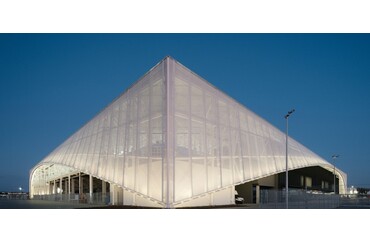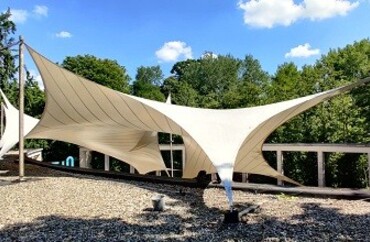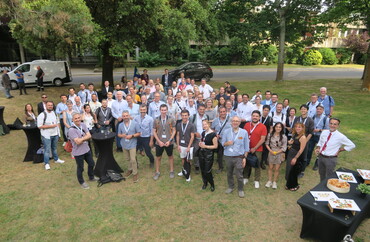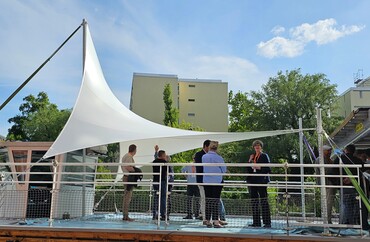TensiNet - Tensioned Membrane Structures
Inspiring
Inspiring
Information for designing and applying Tensile Surface Structures
OneSails launched 4T FORTE - the first “green sails”
OneSails claims that its 4T process is the future of sustainable sailmaking. Matt Sheahan spent two days examining the sail-making process closely and listening to why OneSails believe they are at the forefront of sustainable sail production.
PRODUCTION: Sails made of 4T FORTE are produced with a low level of CO2 emissions into the atmosphere and without the use of pollutants such as glues, resins and solvents.
DISPOSAL: At the end of their useful life, these sails are recycled within the normal recovery processes of polyethylene-based raw materials to generate the PE pellet.
RECOVERY: The polyethylene pellet is used for the production of accessories (such as headboards) to be used in the production of new sails.
https://www.onesails.com/sustainable-sails/
Find out moreTensile Fabric Architecture: Part Four - Process
Part four looks at the process of building a tensile fabric structure from design to installation and beyond. It identifies some of the design considerations which need to be made and how design decisions can effect everything from manufacture techniques through to methods of installation.
Find out moreTensile Fabric Architecture: Part Three - Practicalities
Part three discusses the practicalities of using tensile fabric, from acoustic and thermal performance to printing, lighting and the environmental impact of a fabric structure.
Find out moreTensile Fabric Architecture: Part Two - Benefits
Part two provides an overview of the benefits of including a tensile fabric structure in a building design, whether it's to make an architectural statement or for a practical applicaiton.
Find out moreTensile Fabric Architecture: Part One - Materials & Forms
Part one introduces fabric structures as a building method and provides an overview of the materials which can be used and the forms which can be created.
Find out more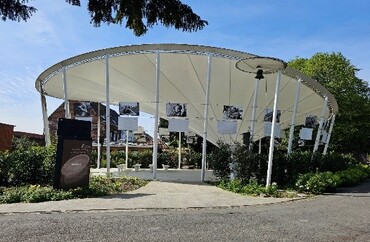
Another way to say goodbye
A multi-philosophical space designed to host respectful farewell ceremonies. Tournai (Belgium)
Find out more
When Textiles Become Architecture: Studio Akane Moriyama
The way Moriyama Akane uses fibres, textiles, colours and craftsmanship is inspiring.
Find out more
TensiNet association - presentation
A brief presentation of TensiNet: aim, activities & examples
Find out more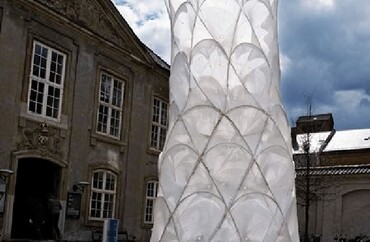
Tensile Architecture in Today's Design Landscape
Are we going to continue the work that was started by Frei Otto?
Find out more
European Design Guide for Tensile Structures - Chapter 2 - Engineering Fabric Architecture
Fabric structures provide widespan enclosures of great spatial interest and variety, requireminimal supporting elements of “hard” structure and provide very good overall levels of nat-ural daylight. The purpose of this chapter is to outline the nature and characteristics of thisstructural type and to describe the primary issues that designers deal with and makedecisions about.
Find out more